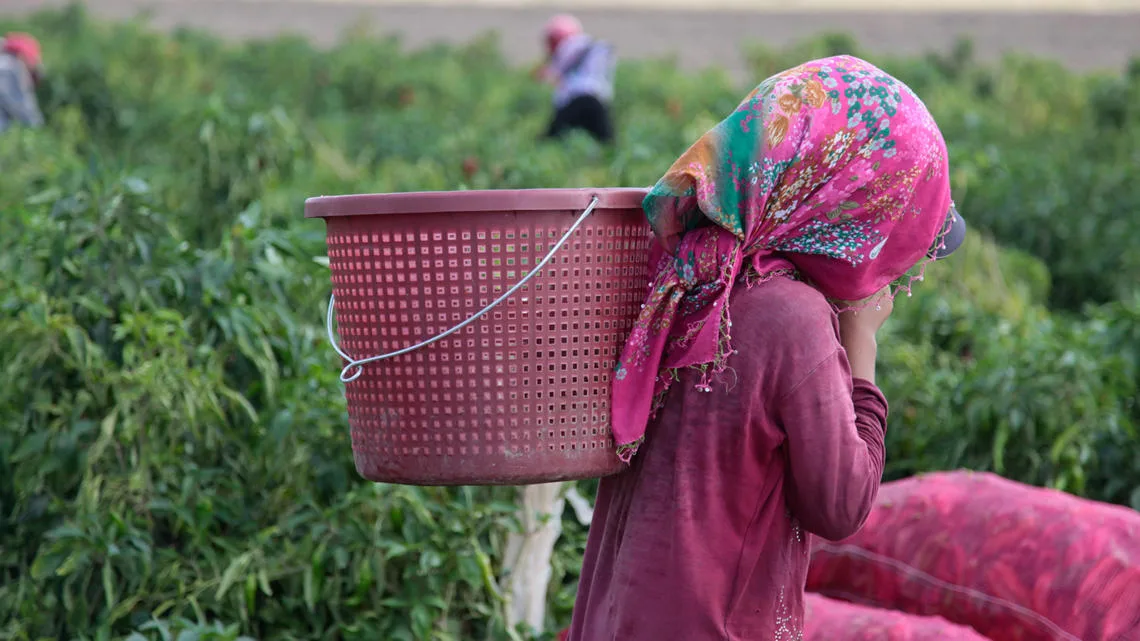New resource raises awareness and understanding of the root causes of child labor and identifies key areas for business action.
Geneva, 10 December 2021: The World Business Council for Sustainable Development (WBCSD) and UNICEF today launched a new guide for business leaders on how to take action to eliminate child labor.
The new resource, Tackling Child Labor: An Introduction for Business Leaders, builds on the latest data and insights emerging from the International Labour Organization (ILO) and UNICEF, and articulates tangible steps business leaders can take to ensure that their companies are leveraging their full potential to support the elimination of child labor in business operations and supply chains.
“Companies and their leaders have a unique and important role to play in building a better world for children. Ending child labor requires a comprehensive, immediate and unified response, with businesses at the forefront,” said UNICEF Executive Director Henrietta Fore. “As powerful change agents, CEOs and their corporations must focus on the prevention of child labor by guaranteeing decent work, adequate wages and family-friendly policies for workers everywhere.”
The United Nations designated 2021 as the International Year for the Elimination of Child Labor with a view to encouraging legislative and practical actions to eradicate child labor worldwide. This is in line with the ambition of eliminating child labour in all its forms by 2025, as enshrined in the Sustainable Development Goals (SDGs) under target 8.7.
Yet, latest data suggests that the world is falling dramatically short when it comes to this collective commitment. Currently, 160 million children are in child labor worldwide, with millions more at risk due to the impacts of COVID-19. At current rates of progress, and without urgent prevention and mitigation measures, it is estimated that 140 million children will still be in child labor by 2025.
Against this backdrop, there is an urgent need for action from all quarters of society, including from the private sector. Child labor remains widespread in global supply chains and an integral part of the processes that bring a wide range of goods and products to market.
“Businesses have a critical role to play in positively changing the lives of children by addressing the root causes of child labor through a range of key interventions,” said Peter Bakker, President & CEO of WBCSD. “This report is designed to contribute to a rethinking of what is possible, and a reinvigorated faith in the power of collective impact.”
The report focuses on three key areas in which business leaders can take meaningful action to support the elimination of child labor, highlighting the importance of:
- Integrating robust children’s rights considerations into core business strategy, activities, processes, decisions and relationships
- Investing in the company’s capacity to address and prevent child labor and in local community resilience; and,
- Inspiring others to take meaningful action, both internally within the business and externally with partners, suppliers, industry peers, governments and local authorities.
Moving forward, WBCSD and UNICEF look forward to continuing to work closely with the global business community and a range of other stakeholders to mobilize business action to address the root causes of child labor.
This will be also an important area of focus for the Business Commission to Tackle Inequality, a new initiative launched by WBCSD in 2021 that seeks to put tackling inequality and creating shared prosperity for all at the heart of business’s agenda for sustainable growth.
